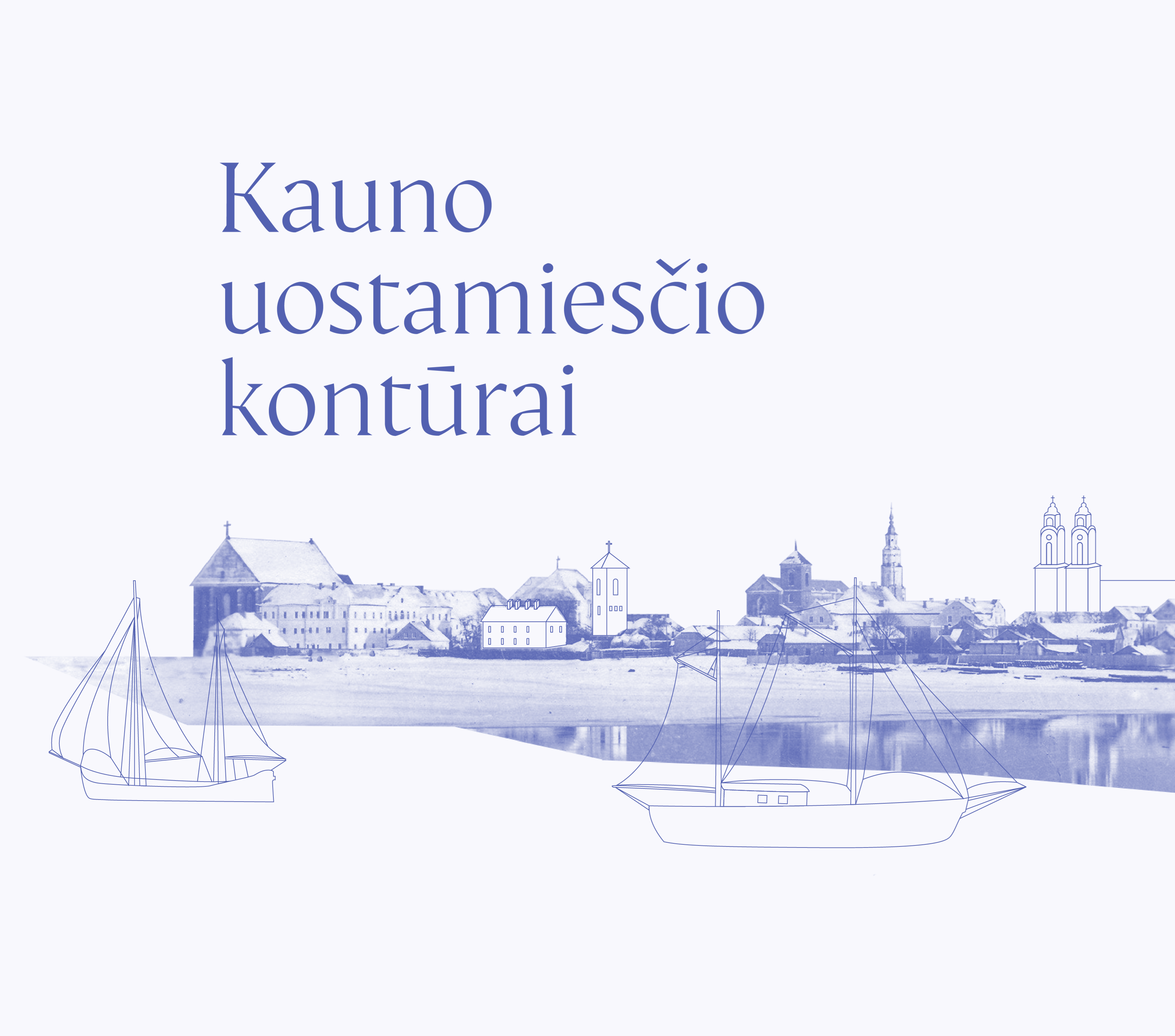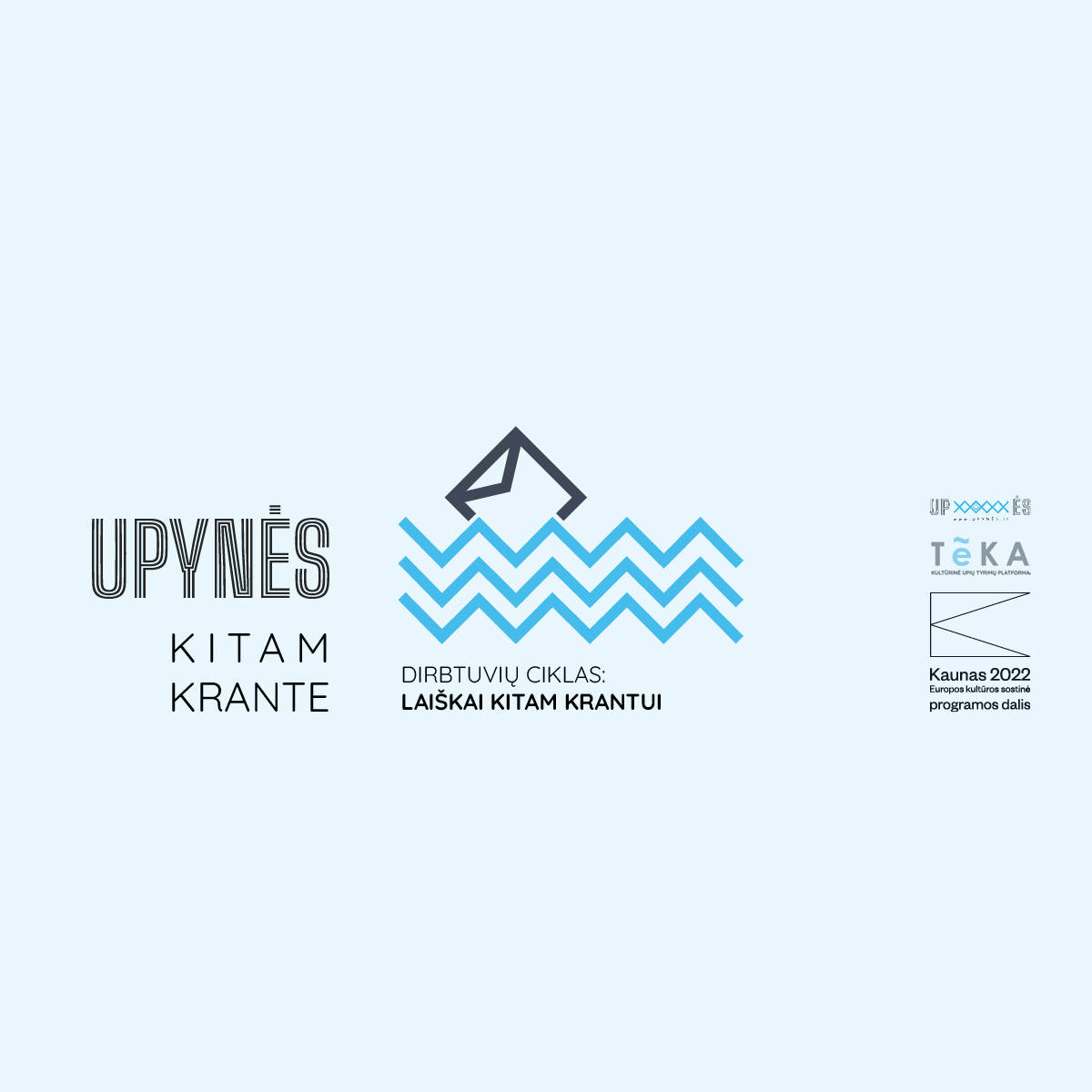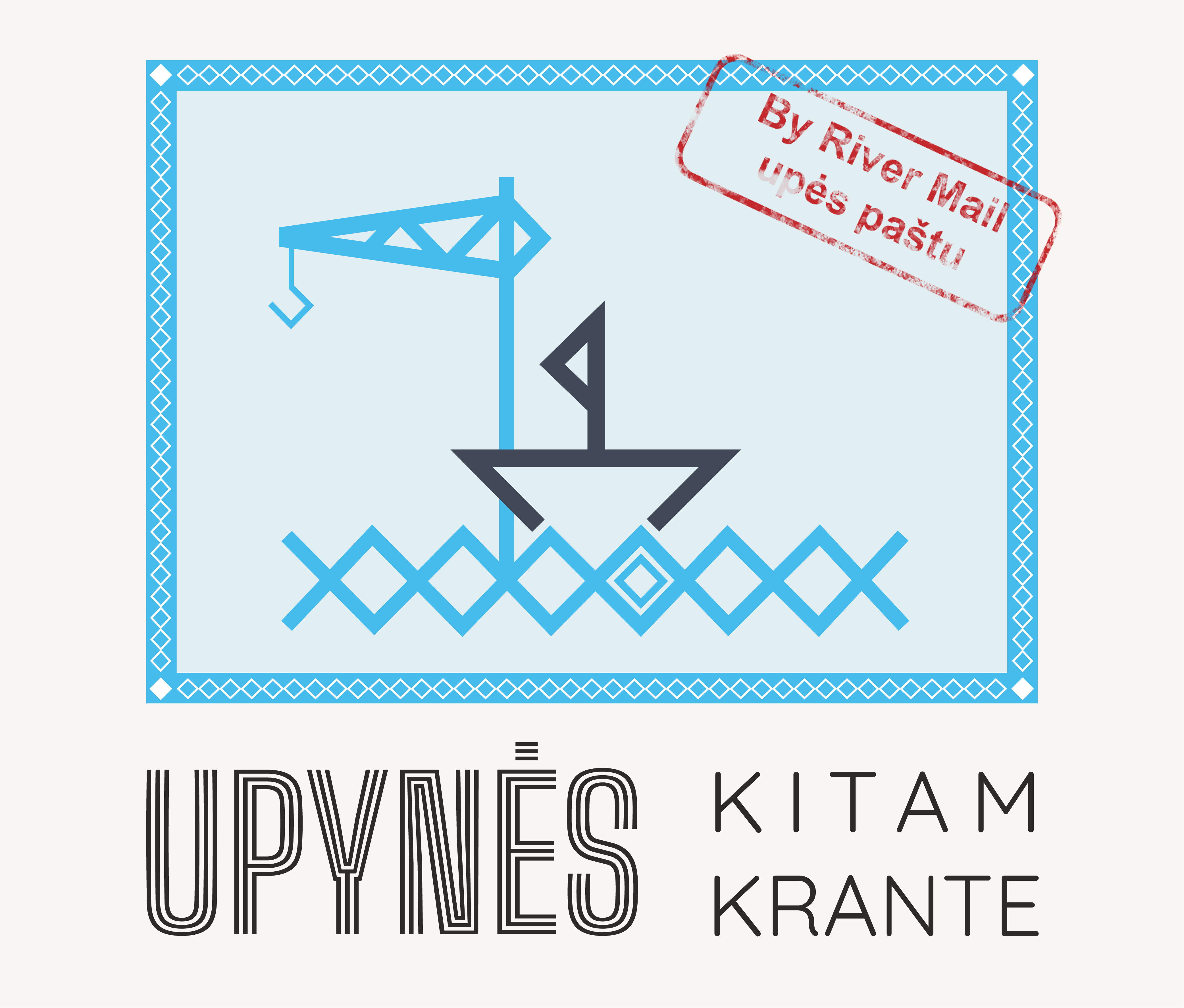The Contours of Kaunas Port Town

The city of Kaunas, located at the confluence of the country’s two biggest rivers and using its unique geographical situation for defensive and logistical purposes, quickly managed to build river transport corridors both to the upper reaches of the Nemunas and to the lower ones, and for several centuries held the title of the largest river port in the region. Inner waterways created conditions in the 15th century to establish an office of the Hanseatic League in Kaunas, whose activities strongly influenced the urban structure and architectural face of the medieval city, and a few centuries later, in the 18th century, after the digging of the Oginskis canal, helped Kaunas experience an unprecedented growth; its architectural character in the 19th century was strongly influenced by the newly built commercial port warehouses and the stone embankments of the Nemunas river (the so-called “cimbruvka”). This period of prosperity in the port town lasted until the mid-20th century, when due to various political and economic reasons, the memory of the Kaunas port town, as well as the architectural image of the former port, practically disappeared from the collective memory of the residents within one generation. Today, the image of the old port town remains only in the memories of the oldest residents, historical photographs and paintings, and described in the works of historians, but if not cultivated, will completely disappear from the imagination of the city’s inhabitants.





